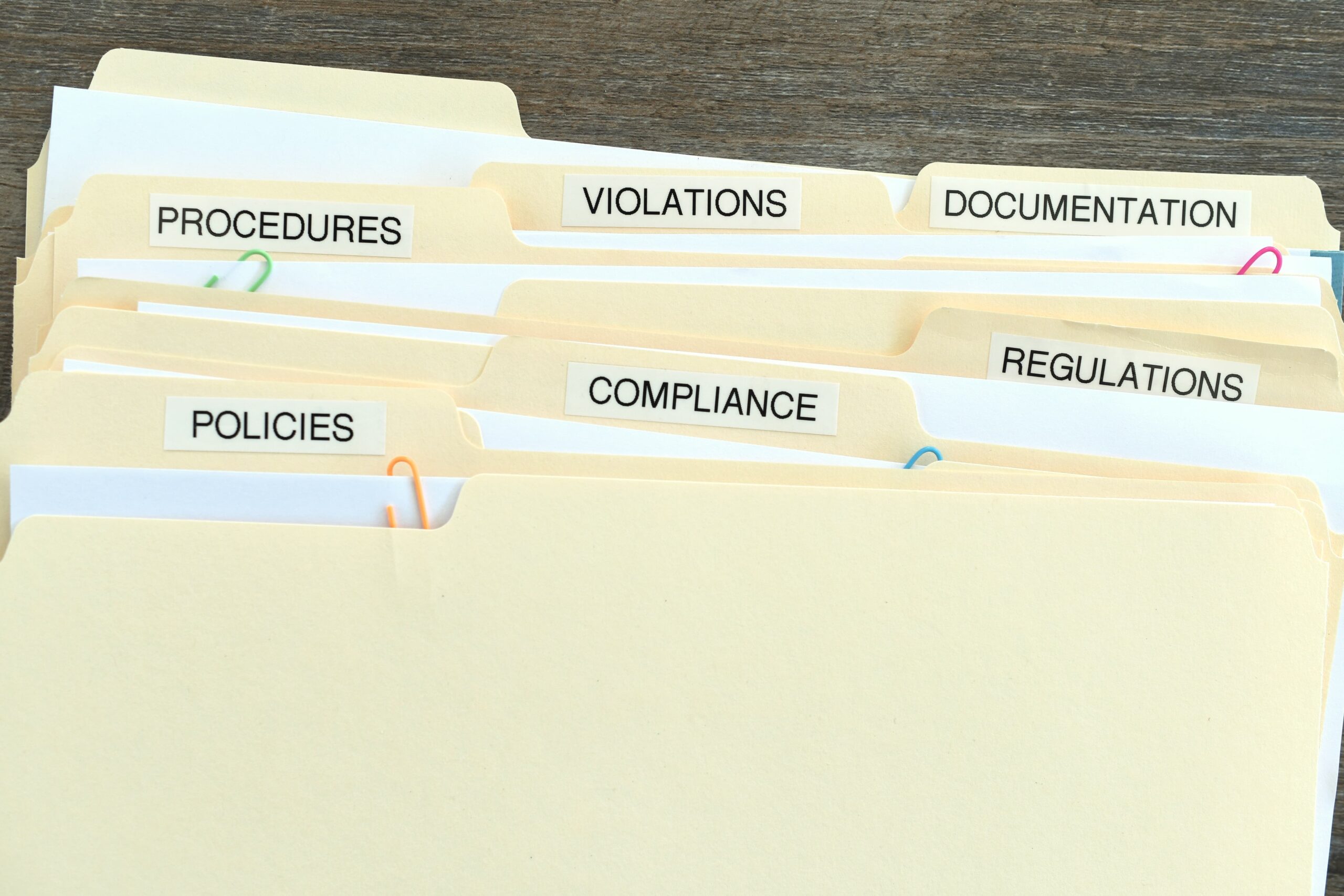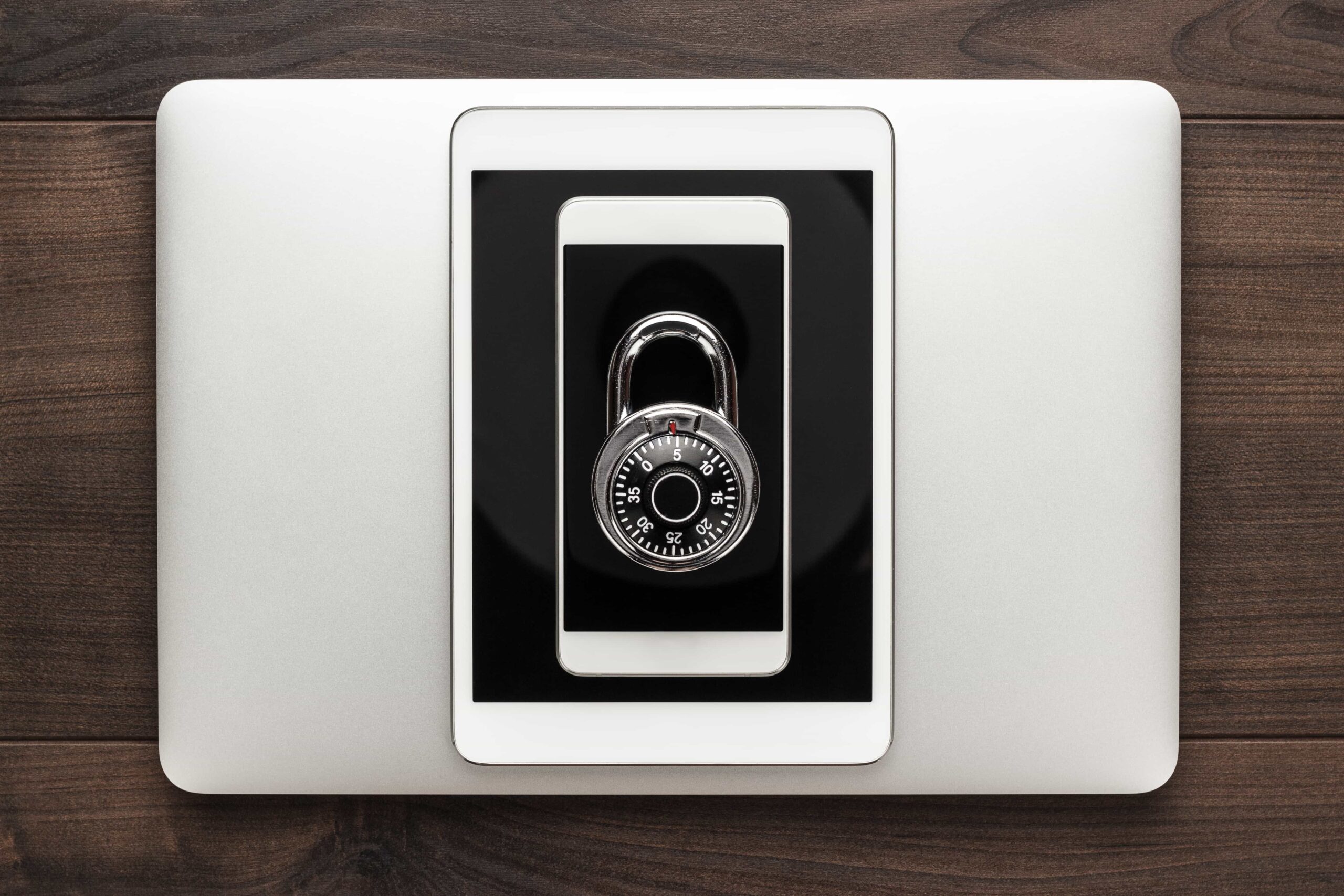IT Asset Disposition (ITAD) is essential for your business.
With the influx of new technology in the past decade alone, much of your company’s technology could already be becoming a thing of the past.
But when it comes to swapping old tech for new, you must have a tried & tested disposal program in place to prevent company data leaks and violations of local environmental laws.
This comprehensive guide gives you 7 strategies for enhancing your company’s ITAD program, with a focus on maximizing efficiency, security, and sustainability.
What Is ITAD?
IT Asset Disposition, or ITAD, refers to the disposal of electronic assets. For companies, this can look like the safe and responsible recycling or resale of old computers, fax machines, copiers, etc.
Having an ITAD program in place helps you protect your company from data theft and stay environmentally friendly.
#1: Understand Your ITAD Needs
Assess Current Processes:
Do you have a current ITAD program in place?
If not, it’s time to implement one. If you do have an ITAD program but it’s not up to par, evaluate your existing program to identify gaps.
Here are some questions to ask yourself:
- Do we have a documented ITAD policy that is accessible to all stakeholders?
- What procedures are in place for asset disposal, and are they consistently followed?
- How do we track assets throughout their lifecycle, and is our tracking system reliable?
- Are our ITAD vendors certified and compliant with relevant regulations?
- What processes do we have in place to maximize asset recovery through resale or recycling?

Identify Key Stakeholders:
Next, you need to determine who in your organization is involved in IT Asset Disposition (ITAD) and clarify their specific roles. Key stakeholders typically include IT staff, compliance officers, finance teams, and procurement departments, as well as any external vendors involved in the disposal process.
Understanding who is responsible for each aspect of the ITAD program will facilitate better collaboration and communication across departments. This clarity is crucial for the effective development and adjustment of your ITAD program.
Additionally, identifying stakeholders helps streamline the approval process, as it ensures that all relevant parties are consulted and informed about changes or updates. This can also lead to valuable insights, making it easier to align the ITAD program with your organization’s overall goals and regulatory requirements.
#2: Develop a Comprehensive ITAD Policy
Define Clear Guidelines:
To create an effective IT Asset Disposition (ITAD) policy, it’s essential to conduct a thorough assessment of your current practices and industry standards.
This process involves establishing clear and specific policies for several key areas:
- Data Destruction
- Asset tracking
- Environmental compliance
- By developing these clear guidelines, you can create a robust ITAD policy that safeguards sensitive data, enhances
- operational efficiency, and supports sustainability goals.
Align with Regulations:
As with any process, it’s important that you adhere to local and nationwide regulations.
When it comes to ITAD, here are a few U.S. industry standards and legal requirements to keep in mind:
- Electronic Waste Recycling Act (EWRA): Enacted in several states, this law promotes the recycling of electronic waste and establishes recycling programs funded by manufacturers. Each state may have its own version, outlining responsibilities for manufacturers and consumers.
- Resource Conservation and Recovery Act (RCRA): This federal law governs the disposal of solid and hazardous waste. Electronic waste (e-waste) may be classified as hazardous if it contains certain materials, requiring specific disposal methods to protect human health and the environment.
- Extended Producer Responsibility (EPR): Many states are adopting EPR laws, which require manufacturers to be responsible for the entire lifecycle of their products, including end-of-life recycling.
- Federal Information Security Management Act (FISMA): For federal agencies, FISMA mandates that electronic assets containing sensitive information be disposed of securely, influencing how e-waste is managed within government entities.
Always check with your state and local regulations when developing your ITAD program.
#3: Partner with Certified ITAD Vendors
Vendor Selection Criteria:
A word of warning: DON’T choose an ITAD vendor that is not certified. Why?
Unqualified vendors may mishandle electronics, resulting in environmental violations and data theft. When looking for a vendor, look for certifications such as R2 and e-Stewards.

Build Strong Relationships:
With the fast evolution of technology, it’s only a matter of time before your ‘new’ electronics become your ‘old’ electronics.
To make asset disposal seamless going forward, it’s important that you build strong relationships with your ITAD vendor.
Here are some tips for maintaining effective partnerships for ongoing support and compliance:
- Schedule regular meetings to discuss updates
- Share feedback on services provided
- Ensure open lines of communication for any issues that arise
- Keep them informed about upcoming asset disposals
#4: Implement Advanced Tracking Systems
Utilize Technology:
If you’re already embracing new technologies in the workplace, why not embrace new technologies during asset disposal?
Nowadays, there are plenty of tools and software for real-time asset tracking and reporting.
Types of ITAD program software include:
- Asset Management Systems: These platforms help you track assets from acquisition to disposal, providing visibility into their status, condition, and location. They often integrate with inventory management systems to streamline processes.
- Data Wiping Software: Specialized tools ensure that data is securely erased from devices before disposal, complying with industry standards and regulations.
- Recycling and Compliance Tracking Software: These tools monitor e-waste recycling processes, ensuring compliance with environmental regulations and reporting requirements.
Enhance Transparency:
Tracking enhances accountability and reduces losses. With real-time reporting, you can maintain visibility into where your assets are throughout the disposal process, ensuring that nothing goes missing.
#5: Prioritize Data Security
Data Wiping Procedures:
One of the biggest risks of improper asset disposal is company data leaks. To ensure secure data erasure and destruction, follow these best practices:
- Use certified data-wiping software
- Create a chain of custody documentation for assets being wiped
- Trust a licensed & certified electronic waste company to safely erase data

Employee Training:
If you have employees who will be handling old technology firsthand, then you need to make sure they’re well-trained in data security protocols. If you don’t have protocols or training, it’s time to start implementing them.
While your employees may not directly involved in the data wiping process, they can help you minimize potential data leaks before the ITAD vendor arrives.
#6: Optimize Recycling and Resale Processes
Maximize Asset Recovery:
Did you know that you can extract money from old electronics?
Electronic recycling companies can extract valuable metals and other materials from your technology and will compensate you accordingly.
Recycling has a plethora of benefits, but for your company, you can recover funds that can be used for new technologies.
Sustainable Practices:
One of the best reasons to recycle your old tech is to help the environment.
Recycling old tech is vital for the environment. Many materials used in electronics, such as copper and lithium, are finite. Recycling helps repurpose these materials for new technologies, reducing waste and promoting sustainability.
#7: Continuously Monitor and Improve
Regular Audits:
To ensure your ITAD program is as effective as possible, you’ll need to conduct regular audits.
We recommend referencing this guide when you perform periodic assessments to evaluate the effectiveness of the ITAD program every six months.

Feedback Loop:
Feedback is one of the most effective ways to see how well a process is working. Contact your key stakeholders and get their input on your ITAD program, as well as their recommendations for refining the problem.
Main Takeaways
A well-structured ITAD program benefits both your business and the environment.
By educating your team on the proper handling of tech, you can ensure successful asset disposal that aligns with your organization’s goals and values.
And one of the best ways to create a successful ITAD program? Choose an electronic recycling company you can trust.
Implement an ITAD Program Today
At eWaste, our licensed and insured team has over 20 years of experience in electronic asset disposal. From data centers to old computers, we have the expertise and knowledge needed to ensure your electronics are safely wiped and recycled.
Contact us today at 888-392-7831 to learn more about how we can help your company prevent data leaks, recoup money from old tech, and be environmentally compliant.

